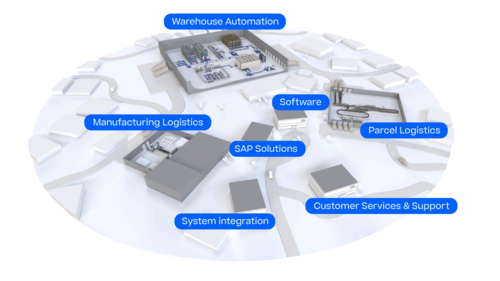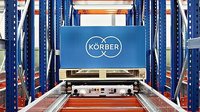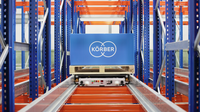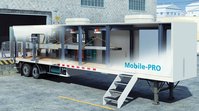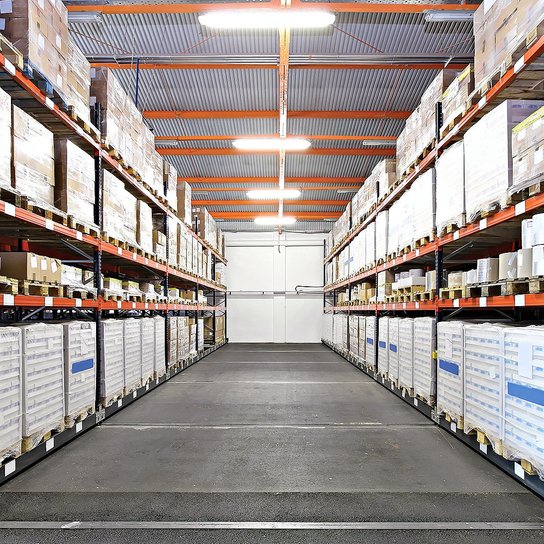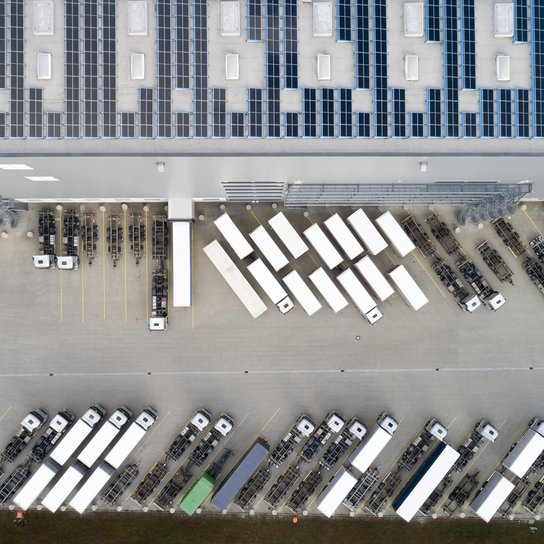
Challenges for ports and terminals
Scheduling vessels into and out of terminals is highly complex and presents major challenges:
- Levy charges for waiting vessels (demurrage) can run into millions of dollars for shipping companies.
- Shipping schedules are subject to continual disruption, due to frequently changing ETA forecasts.
- Planning processes need to take into account many factors, including infrastructure availability, manpower, tide and maritime safety rules.
Better forecasting optimizes efficiency and reduces cost
Develop a commercial edge with Körber’s leading berth scheduling and simulation application, used by terminals and ports all around the world.
Our marine terminal application uses a proven algorithm to help you forecast arrival and departure times more accurately, increase profit and berthing efficiency, and dramatically reduce costs.
Key benefits of our marine optimization solution
Manage multiple challenges
With our unique algorithm, you can manage challenges, such as tide, vessel size, pilots, inventory, traffic and so forth, to improve the passage of ships.
Marine terminal optimization in use
SabTank
SabTank was looking for a powerful decision support tool to improve terminal scheduling, management and the bottom line. The company reached their goals with our solution, stating, “The application gives our scheduling and planning teams a clear vision and greater focus on the effects of good, supportable decision making in the product and ship scheduling process.”


